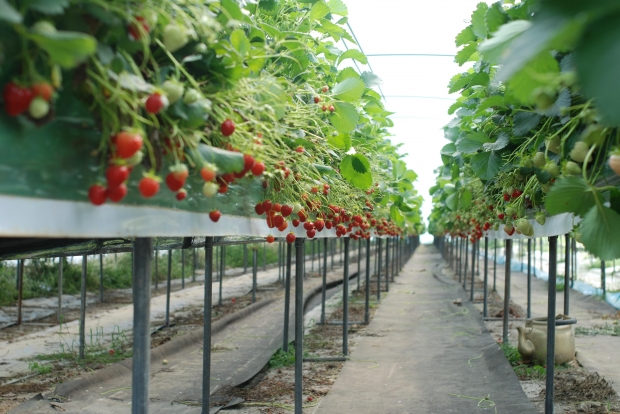 Loading... Please wait...
Loading... Please wait...Save Money. Grow Your Own!
Fast Plain Box Shipping.
We ship to the US & Canada.
Grow Your Own!
The basics of cross breeding explained
Posted on 6th Aug 2015
Wondering about cross-breeding? Lots of hydroponic growers use this process to get more specialized harvest results. But how does it work?
Knowing a little bit about the basics of cross-breeding can help any grower to develop a better plan for utilizing all of the gear and equipment that it takes to grow plants indoors, or in a controlled environment, without soil. Here are some of the fundamentals of cross-breeding strategies that growers use for creative harvests.

Choosing the Plants
Essentially, the idea with cross-breeding is that the resulting hybrid plant has traits from two different plants. So it's important to choose complementary plants, plants with complementary flavors, grow patterns and general traits.
The Cross-Breeding Process
In order to effectively cross-breed plants, the grower has to manually pollinate one plant with another plant’s pollen. In nature, this is accomplished by the activity of bees, the movement of wind, and various factors. In a controlled cross-breeding experiment, the grower has to try to imitate these conditions. It's important to provide a clean process and pollinate the plant before other pollen has gotten to its reproductive area.
Collecting Seed
After the pollination has been done, as the plant develops, the grower has to effectively capture the seed for plants. That means collecting the seeds and often drying them out be used later. Cross-breeding will take some time, because a whole generation of planting needs to proceed before growers can inspect the resulting hybrid plant.
Growing Seed
Hydroponics growers can grow hybrid seeds the same way they would grow any other seeds. The seeds can be started in soil and then transplanted into a grow room area, or growers can use what's called a damp paper towel method, where the seeds germinate between two layers of damp paper towel. As seeds develop into seedlings, growers will be looking for some of the visible characteristics of the parent plants.
Harvest
As the hybrids start to bear fruit, the resulting traits of the hybrid will be apparent. Growers harvest the fruits or products of plants just as they would any other plants. The difference is that they'll be able to see the results of cross-breeding and evaluate how this adds to their harvesting process.
For more about everything involved in hydroponics, check out Dealzer’s web page. We offer over 1500 pieces of equipment, along with a wealth of information about how to do your own growing for any kind of successful hydroponic project.
